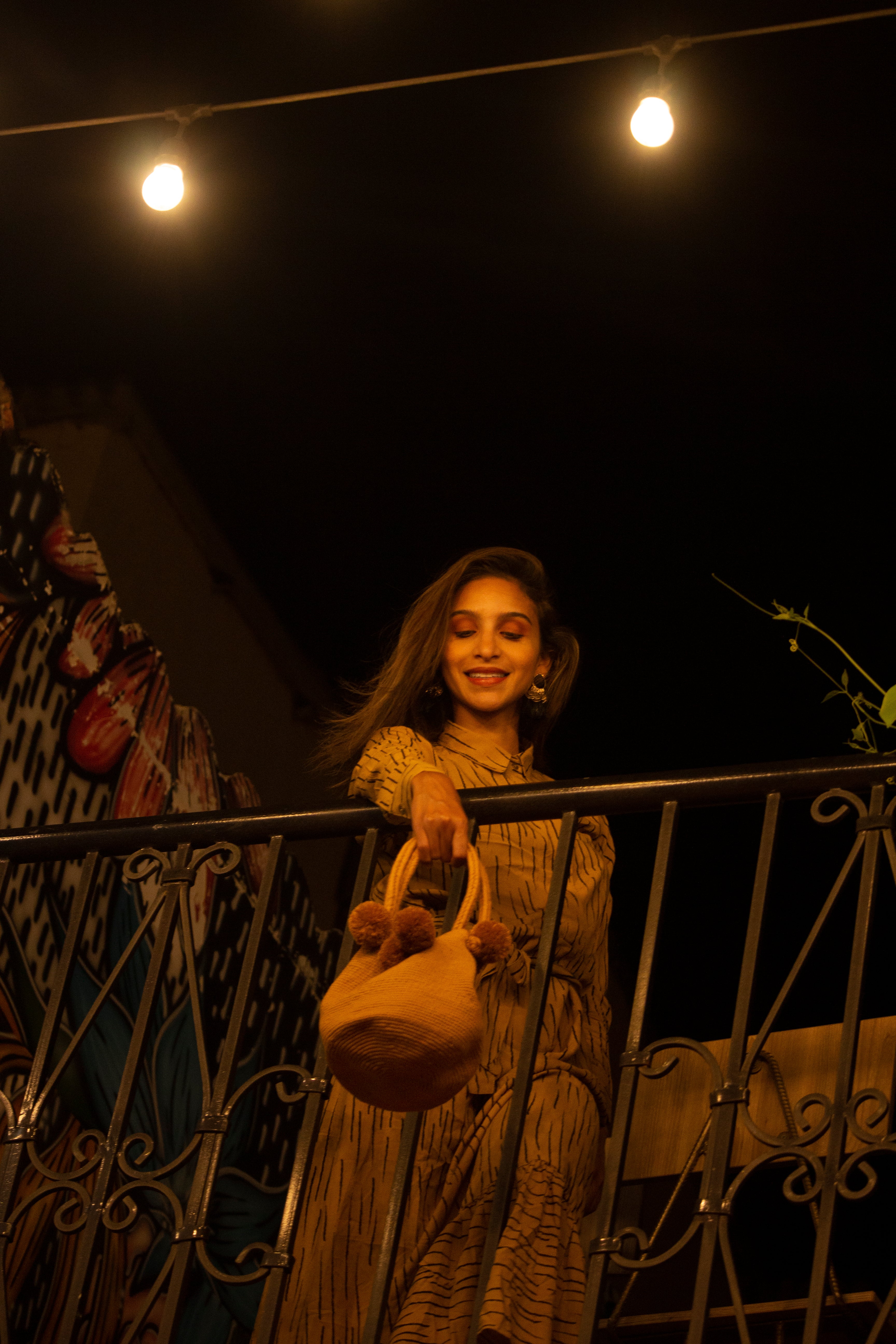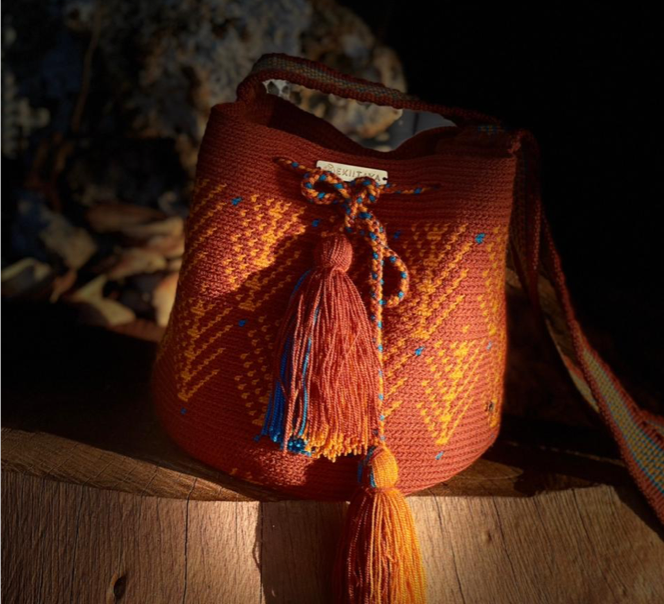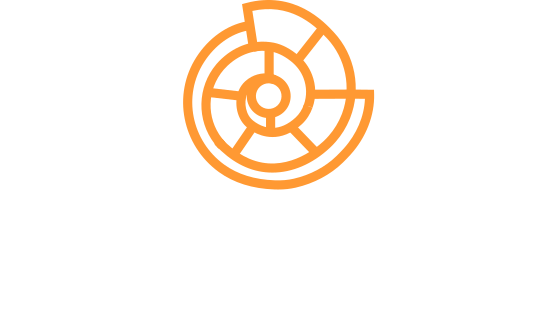La Marca
The Brand

SOBRE NOSOTROS ABOUT US
Somos EKIITAYA, una compañía que entrelaza la conexión entre tribus indígenas que estuvieron antes que nosotros y nuestro corazón, a través de hermosas creaciones. Diseñamos, desarrollamos y creamos nuestras mochilas de la mano de las comunidades indígenas. Nuestros objetivos son promover el conocimiento y las tradiciones de la comunidad Wayúu a través de nuestros productos. Ponemos un fuerte énfasis en el comercio justo y contribuiremos al desarrollo de las comunidades a través de prácticas de producción eco-responsables.
We are EKIITAYA, a company that intertwines the connection between indigenous tribes who came before us and our hearts, through beautiful creations. We design, develop and create our backpacks in the hands of indigenous communities. Our goals are to promote knowledge and traditions of the Wayúu community through our products. We place a strong emphasis on fair trade and contribute to the development of communities through eco-responsible practices production.

ORIGENES DE LA MOCHILA SEGÚN IWA ORIGINS OF THE BAG ACCORDING TO IWA
Érase una vez una araña conocida como Walekerü, que tejía a escondidas bajo la luz de la luna fajas y mochilas. Una noche, una niña llamada Iwa, se le acercó para alabar su destreza con el hilo. La araña, conmovida, se ofreció a enseñarle su más preciado tesoro: el arte de tejer. Durante varias lunas, la niña tejió sin parar hasta alcanzar la habilidad de reproducir el arte de su maestra, la araña. Cuando la niña llegó a la edad adulta, con su primera menstruación, la araña despareció entre las ramas de un árbol, dejando como herencia la técnica del Wayúu.
Once upon a time there was a spider known as Walekerü, who was weaving girdles and mochilas under the moonlight. One night, a girl called Iwa, approached her to praise her skill with the thread. The spider, moved, offered to teach her her most precious treasure: the art of weaving. For several moons, the girl wove nonstop until she reached the ability to reproduce the art of her teacher, the spider. When the girl reached adulthood, with her first menstruation, the spider disappeared between the branches of a tree, leaving the Wayúu technique as an inheritance.


Acerca de la diseñadora About the designer
Ekiitaya es una marca que refleja la identidad de su creadora. Ana Karina nació en la costa caribe colombiana. Creció en un ambiente multicolor, con personas de muchos orígenes, entre mestizos y tribus originales de la región.
Su deseo por encontrar un camino propio la llevó a crear Ekiitaya, una marca que le permitiría no solo dar a conocer un accesorio tradicional hecho a mano sino aportar un granito de arena a las comunidades que trabajan el arte tradicional del tejido desde hace centenares de años.
El proceso estuvo lleno de dudas, sin embargo, siempre supo que su idea, más que “perjudicar” o “aprovecharse” de un arte tradicional, sería una herramienta para exaltar su belleza, solemnidad y valor en el resto del mundo.
Ekiitaya is a brand that reflects the identity of its creator. Ana Karina was born on the Colombian Caribbean coast. She grew up in a multi-colored environment, with people of many origins, between mestizos and original tribes of the region.
The Wayúu, an indigenous tribe that aroused much inspiration in her, have been in her city long before she and her ancestors. She grew up sharing beliefs and ways of seeing life with this community so rich in her worldview.
She followed the course of her life and finished her university studies. Later, she undertook a trip to China, where she lived a stable and growing working life for 8 years, without forgetting her dream of entrepreneurship.
Her desire to find her own path led her to create Ekiitaya, a brand that would allow her not only to publicize a traditional handmade accessory but also to contribute a grain of sand to the communities that work the traditional art of weaving from hundreds of years ago.
The process was full of doubts, however, she always knew that the idea of her, more than "harming" or "taking advantage" of a traditional art, would be a tool to exalt its beauty, solemnity and value in the rest of the world.